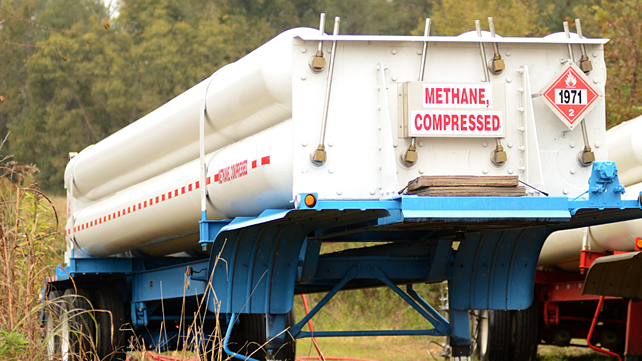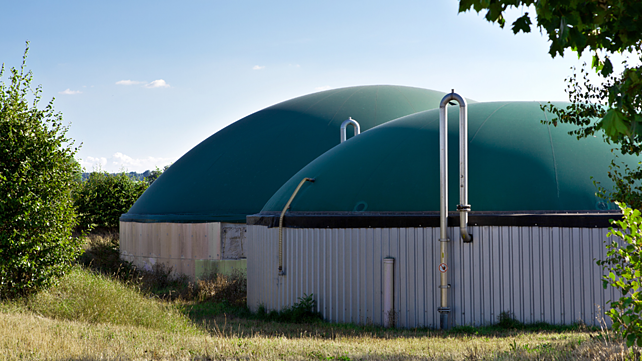
At a meeting held recently, Nitin Gadkari, Union Minister for Road Transport and Highways, pretty much summarised the trajectory for the future of mobility and transportation in India. The minister strongly advocated the use of alternate fuels to cut down the country’s reliance on fuel imports and thus substantially curb the expenditure of precious foreign exchange.
Although the penultimate goal is to move to electric vehicles for personal mobility, the main barrier to their short-to-mid-term adoption is the costs involved. Besides the current paucity of the necessary complimenting infrastructure, the prices of the EVs themselves are relatively exorbitant as of today.
Until the manufacture of batteries and other ancillary components becomes completely localised, EV manufacturers are compelled to import these parts at high costs.
Focus on alternate fuels
Alternate fuels, especially biofuels such as Compressed Bio-Gas (CBG) are also being advocated by the government. The SATAT (Sustainable Alternative Towards Affordable Transportation) initiative of the Government is promoting the adoption of CBG by collaborating with PSU oil marketing companies to issue Expression of Interest (EOI) to entrepreneurs to set up CBG plants as a viable alternative to conventional fuels.
Through the SATAT, the government plans to set up 5,000 CBG plants by 2024 and incur an expenditure of INR 75,000 crore towards setting up the city gas distribution networks for CBG. The SATAT initiative envisages the production of 15 million tonne of CBG on an annual basis, which is equivalent to 40% of the nation’s CNG consumption.
To date, all thanks to the SATAT initiatives, 1,550 Letter of Interest (LOI) have been issued and 12 CBG plants have been commissioned, with 1,369 tonne of gas already sold.

Multiple advantages of CBG
The advantages that CBG has over electric mobility are manifold. Firstly, CBG, with its higher calorific value, is better suited as a fuel for internal combustion engines than CNG. Moreover, there are little or no modifications required to run existing CNG vehicles on CBG instead, if it is highly purified. The cost implications to make the transition to CBG are therefore negligible for users.
Secondly, what truly makes CBG green is how it is produced. Various organic wastes and biomass like agriculture residue, sugarcane press mud, cattle dung, municipal solid waste (MSW), sewage water are subjected to a process of anaerobic decomposition, through which biogas is produced.
This biogas, however, contains high levels of impurities like carbon dioxide and hydrogen sulphide, which are extracted to leave behind about 97% of methane. This gas, rich in methane content, is CBG and in this form, is ready for use as an automotive fuel. The slurry and residue left behind after the extraction of CBG can then be used as organic fertiliser.

India, with its burgeoning population, produces large amounts of organic waste that largely finds its way into landfills, is burnt, or simply dumped into the ocean. Organic waste, when left untreated, releases large quantities of harmful methane emissions into the atmosphere. Methane is a GHG (Green House Gas) and is reported to be a large contributor to global warming.
However, this very waste can be harnessed as the raw material for the production of CBG and the good news is that there is no dearth of it in our country. Through the gainful utilisation of this biomass, a waste-to-wealth circular economy can be created, and simultaneously, the pressing issue of organic waste management can be addressed to a large extent.
Besides reducing the country’s dependence on oil imports and decreased fuel costs for vehicle owners and fleet operators, the transition to CBG as a fuel will have a trickle-down effect on the rural economies as well. Farmers will have an alternate source of income through the sale of their agricultural wastes and approximately 75,000 direct jobs will be created across the country. Indirect job opportunities created by virtue of these CBG plants are estimated to be in the lakh.
As such, CBG is stable and through the utilisation of cascading tanks loaded on trucks, can be transported easily. Certain CBG production technologies even allow the purified gas to be injected directly into the gas grid right from the CBG plant itself.
With such a plethora of advantages attributed to CBG, it is no wonder then that governments across the world are looking towards harnessing CBG as a viable and renewable source of fuel.

Strong potential in India
From India's perspective as well, CBG ticks all the right boxes. It has the potential to generate approximately 62 million tonne of equivalent CBG on an annual basis, which is sufficient to replace the gas demand of the entire nation.
Its wider application in the transport industry will have multiple benefits. It will be cheaper than petroleum-based fuels, will reduce our dependence on volatile oil imports, and will significantly contribute towards a cleaner and greener country.
CBG perfectly embodies ‘Aatmanirbhar Bharat’ and ‘Swachh Bharat’ to the hilt.
About the Author: Vinod Paremal is Regional President at Evonik India Subcontinent